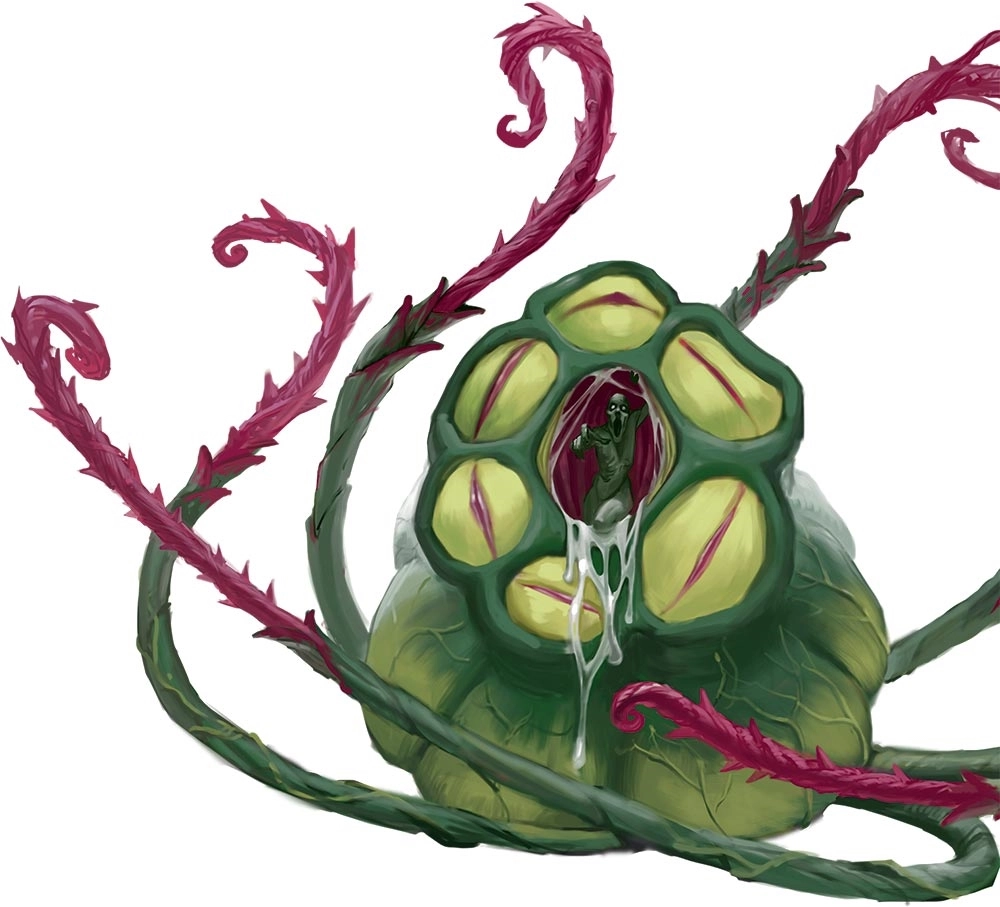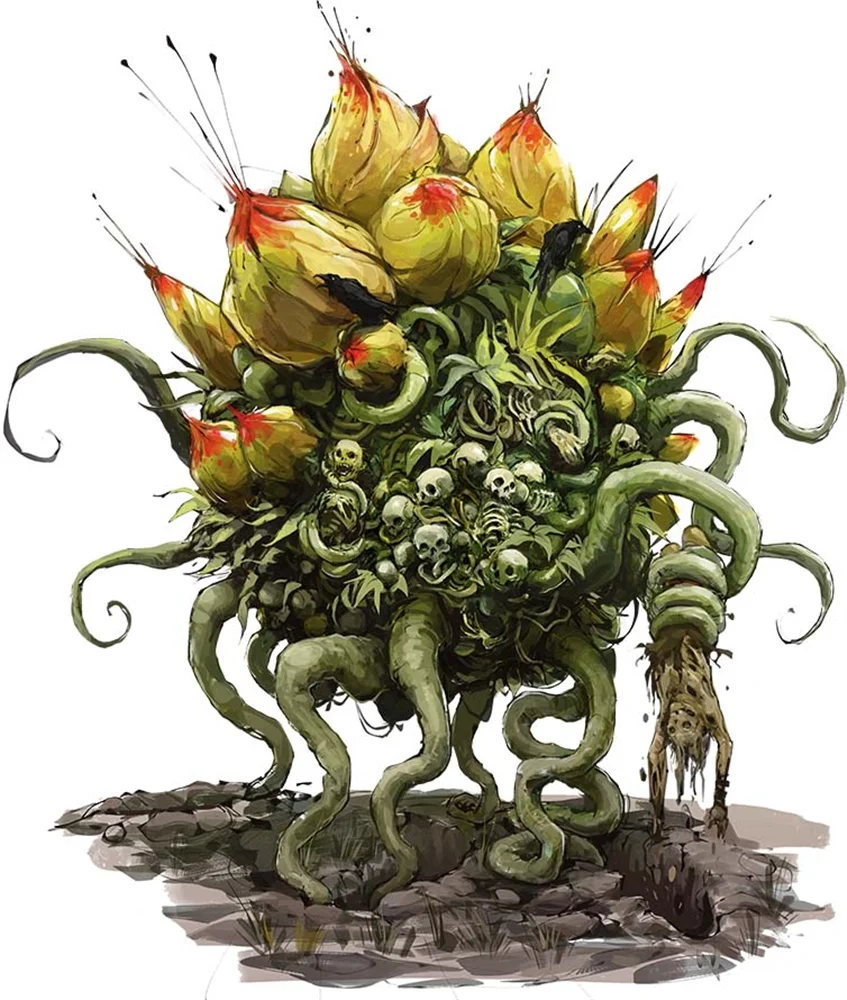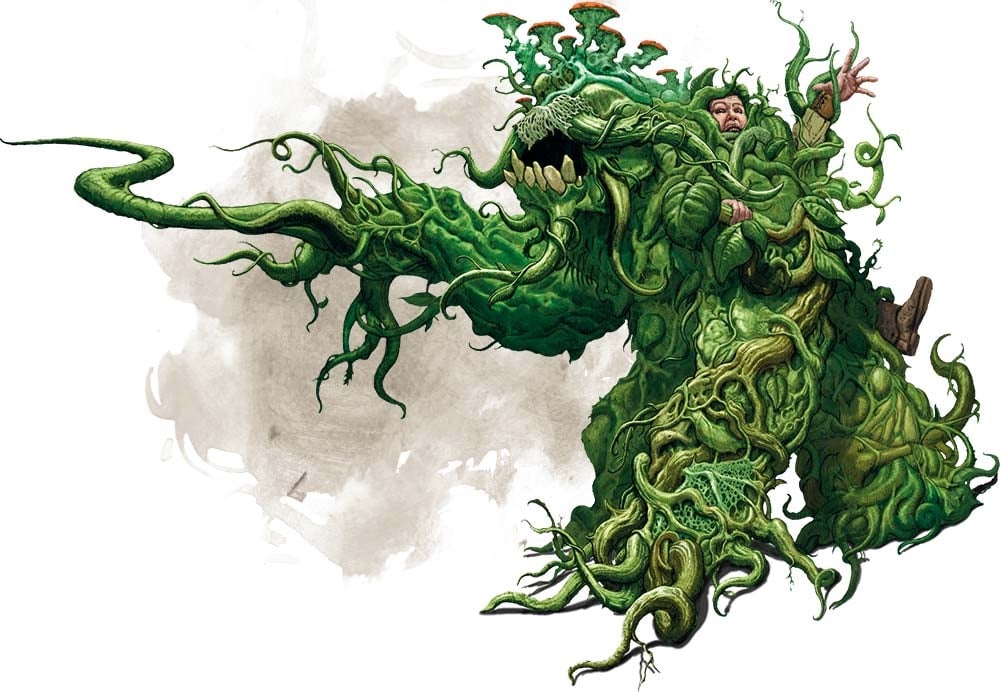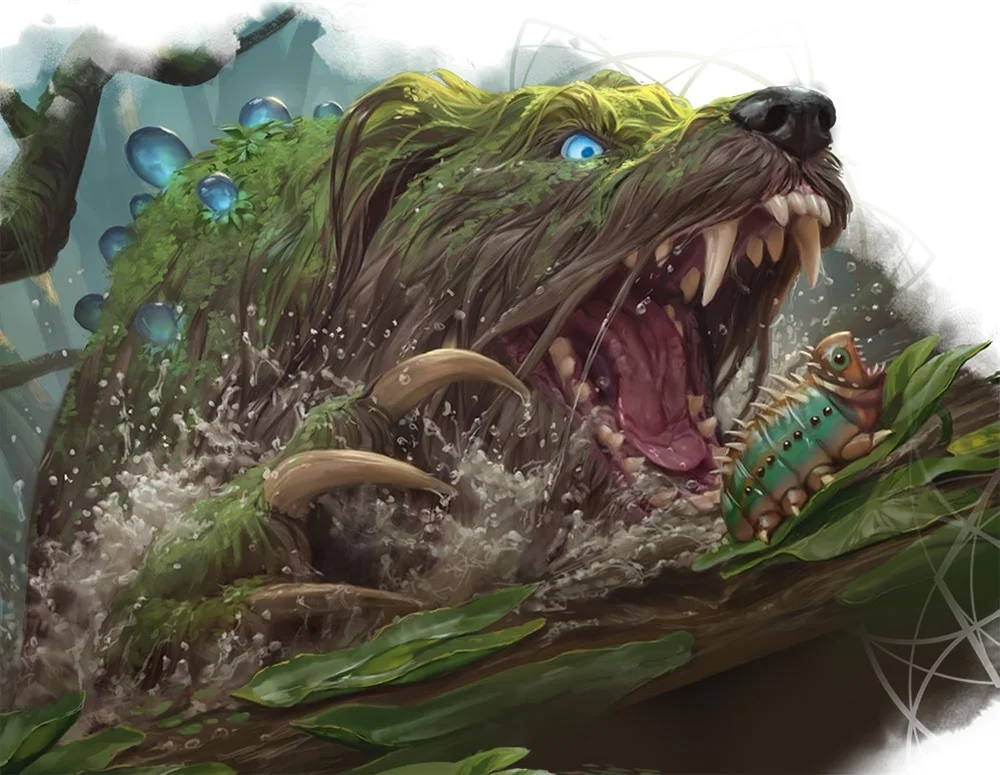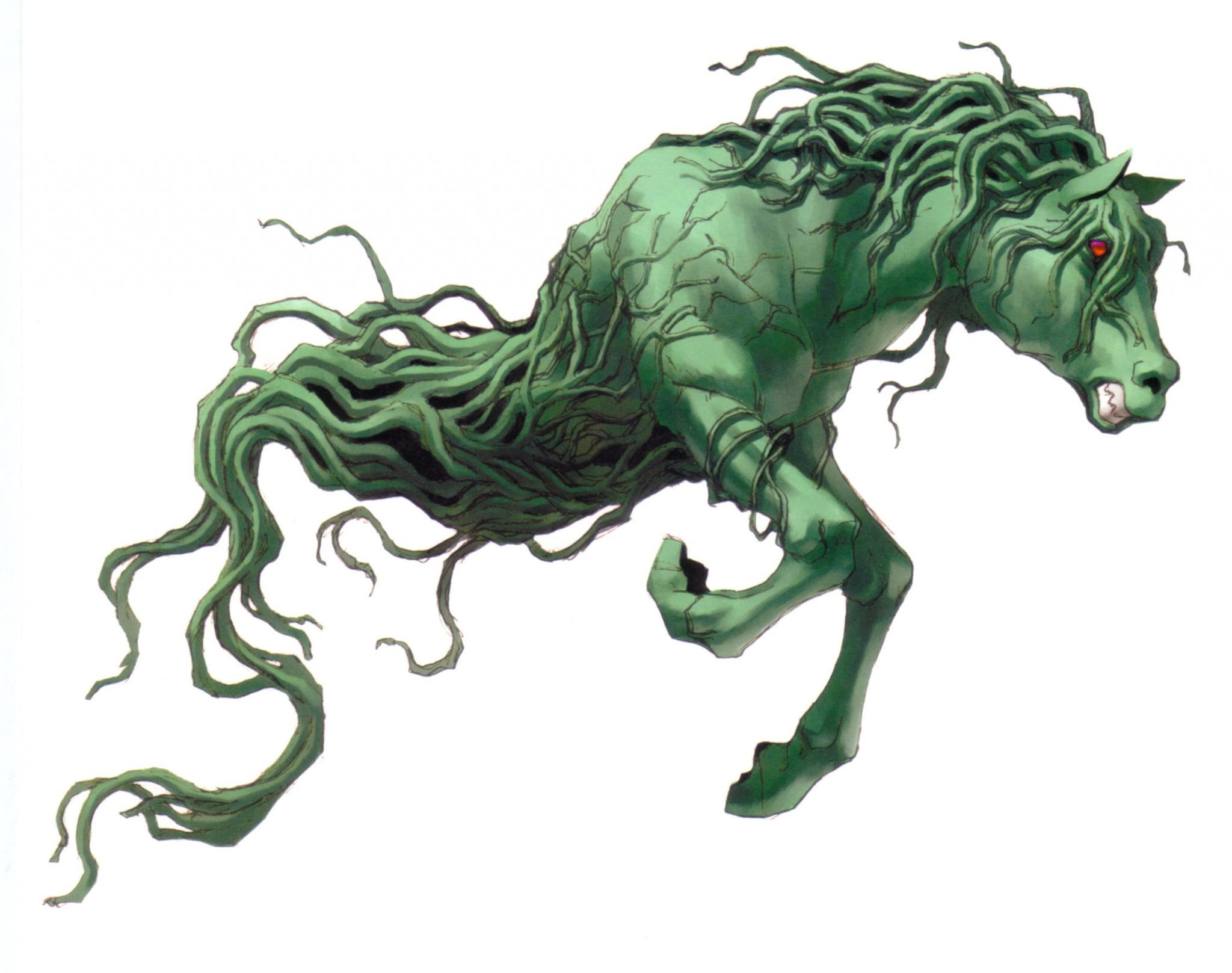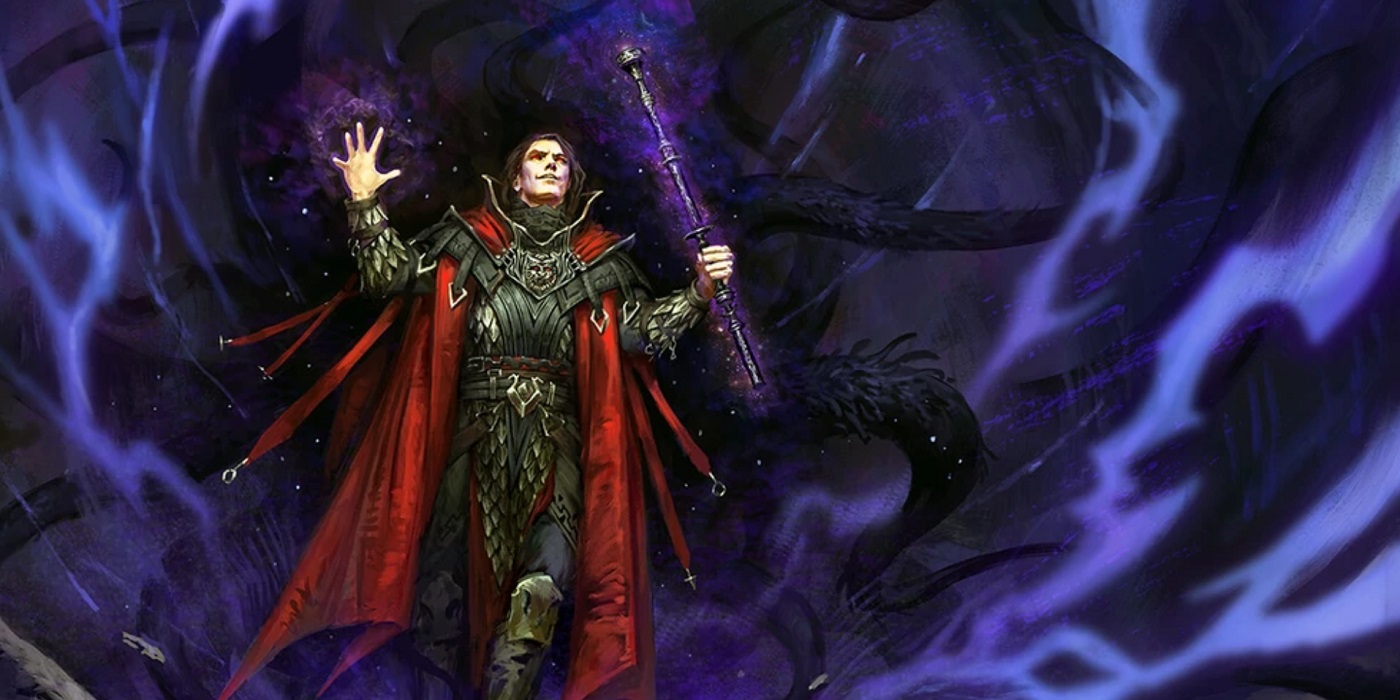D&D: Five Deadly Plants for Your Roleplaying No-No Garden
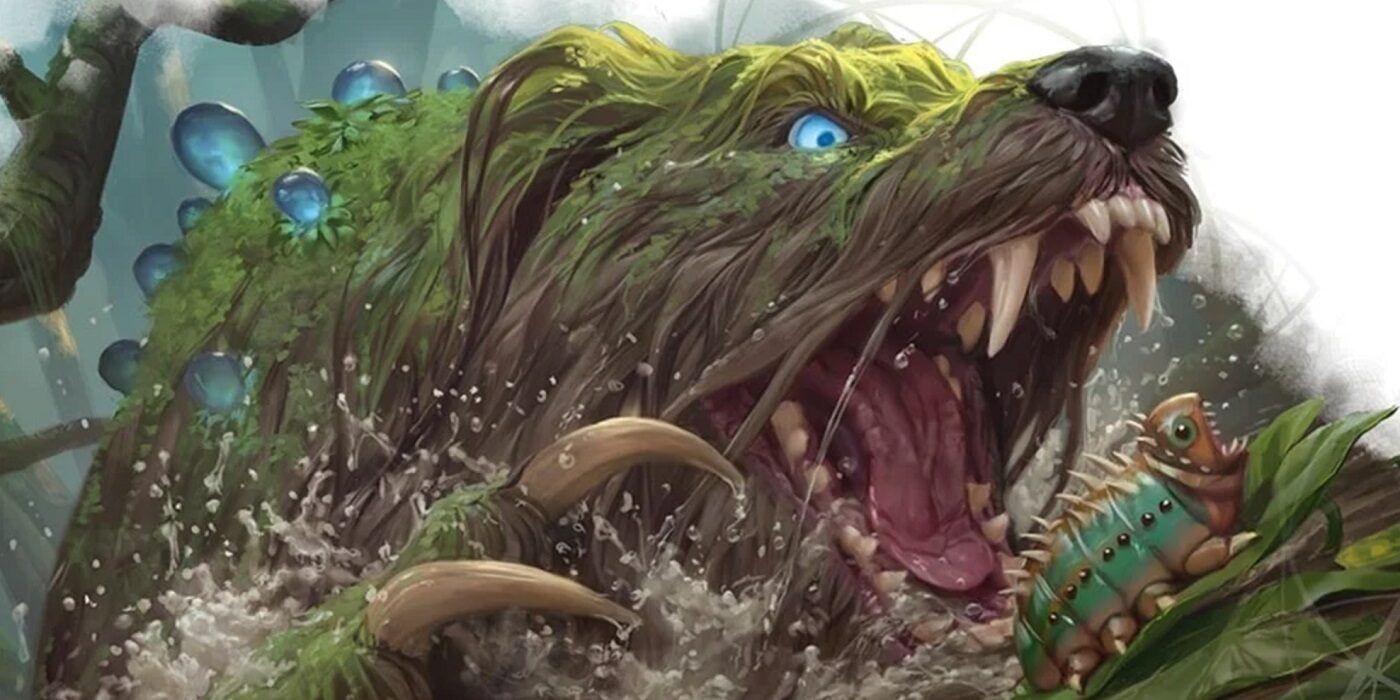
In Dungeons & Dragons, plants are, more often than not, plotting to kill you. And these are five of D&D’s deadliest plants.
Whenever you’re sitting down for a game, and your GM starts describing the thick vines, or curling tendrils of the nearby flora, you absolutely know you’re about to get ambushed by some kind of killer plant. It’s just a fact of life.
But the idea that plants might try to kill us back is one that lurks deep in the subconscious of humanity as a whole. From Audrey II to the Last of Us, plants are deadly. And before you push your glasses up your nose and tell me that fungi aren’t plants, I know and completely agree.
But according to the rules of D&D, Myconids, which are mushroom people, as well as all the spore creatures, are all plants. Take it up with Wizards of the Coast you strictly accurate taxonomers out there.
Bodytaker Plant
Introduced in Van Richten’s Guide to Ravenloft, the Bodytaker Plant is a psionic plant that seeks to become the dominant form of life wherever they appear. Whether they come from the darkness beyond the stars or emerge from the hidden depths of the world, these Bodytaker Plants are capable of taking over whole communities if left unchecked.
Their signature ability envelops targets in an acidic sac that can stun them and slowly digest them. Once targets die, they emerge from the Bodytaker Plant as a Podling. These are physical copies of creatures digested by the plant. They have all their original memories and personalities but are actually servants of the Bodytaker Plant.
And they’ll grow back unless you can find the roots and salt/poison the earth all around where they originally grew.
Corpse Flower
Corpse Flowers grow atop the graves of necromancers or other powerful undead creatures. And unless you nip them in the bud, literally, the corpse flower will grow to an enormous size over a few weeks, then tear itself free of the earth and go on to scavenge humanoid corpses from wherever it can find them.
Even making its own by killing hapless creatures if necessary. What makes the corpse flower especially deadly is that the corpse flower can scoop up a corpse, digest it as a bonus action, and gain 2d10 hit points for doing so. Or it can turn a corpse into a zombie to help fight for it.
This means that if even a single adventurer dies while fighting one, the corpse can just eat their remains or turn them into unwilling allies against their former friends.
Shambling Mound
One of the original killer plants from D&D’s past. Shambling mounds are heaps of rotting, animated vegetation that seeks to consume any organic material it comes across. More grist for the mound, as it were. And these decaying heaps of vegetation can blend into their environs, taking prey completely unawares.
Their signature ability engulfs you and renders you unable to breathe, so you only have a very limited time to escape from within the confines of the shambling mound before you die. And if it gets hit by lightning, it gets healed, which doesn’t come up very often, but when it does, it’s a sad time for all.
Groff
Groffs were introduced in Strixhaven: Curriculum of Chaos. These shaggy swamp creatures have glowing blue eyes, and faces described as canine or possibly bear-like depending on whom you ask.
These have many of the same abilities as the Shambling Mound in that they can engulf a target, but they can also bite their foes as well. And unlike the shambling mound, these move much more quickly. And are all but impossible to spot until they move.
Kelpie
Kelpies are magical murder seaweeds that take the shambling mound and groff’s ability to engulf a target and says, “but what if it were deadlier?” First of all, they’re impossible to detect until they move. So that patch of seaweed might actually be a kelpie.
But so might that person you see in the dim light of the tavern. Because a kelpie can take on the shape of any humanoid or beast, as long as they are small, medium, or large.
The kelpie’s deadliest ability is its drowning hypnosis, which will magically charm a creature and the target will try to reach the kelpie by the most direct route possible, so it will follow the kelpie into the water. While charmed, a target is incapacitated and if submerged in water doesn’t even hold its breath, but rather tries to breathe normally and immediately begins drowning, which means, dead in three rounds unless someone intervenes.
It’s rare to see something so immediately deadly in 5th Edition. But it’s there, and it’s a plant.
What’s your favorite killer plant?

